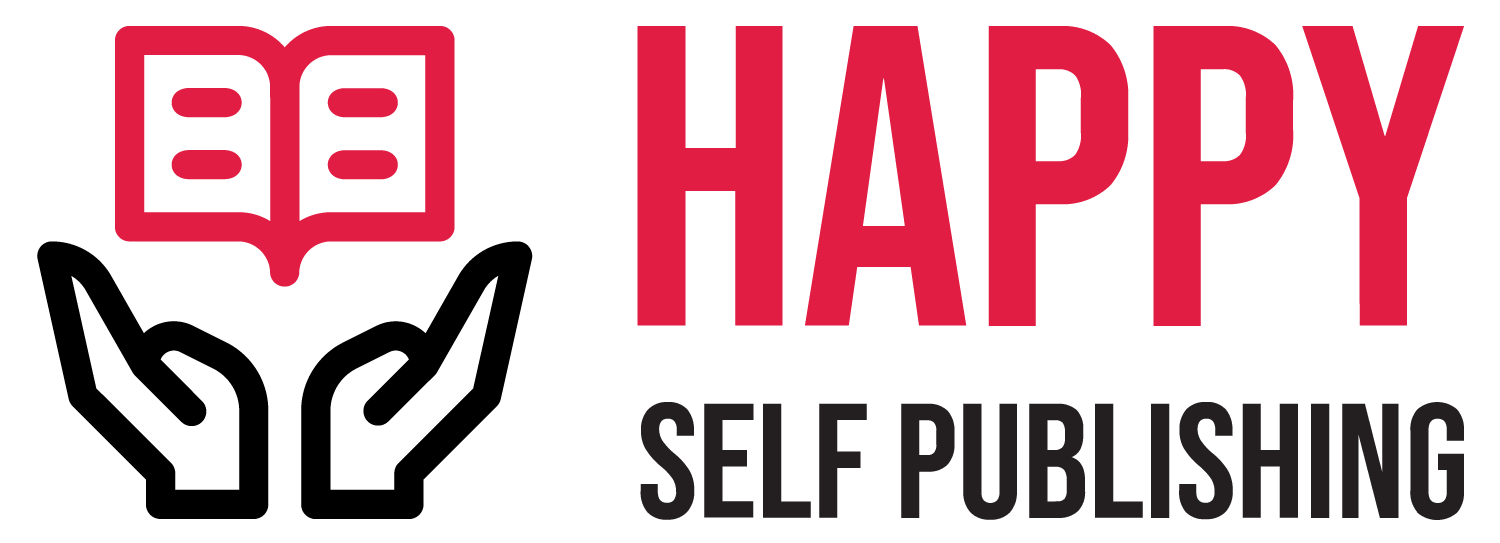Congratulations! After months of hard work, you’ve managed to finish writing your book. So, now what? Before you can start thinking about marketing it, you’ll need to have a cover designed.
While you might have dozens of ideas of what you want it to look like, it seems next to impossible to pick just one. From fonts to colors and photos, the number of options you have to choose from for your book’s cover makes your head spin.
While the process can be overwhelming, we’ve come up with 6 elements of a bestselling book cover to help navigate you through designing your cover. These guidelines have helped some of our most successful clients sell numerous copies of their books and become respected authors!
A Title That Stands Out



You want readers to immediately see your title and understand what the book is about. A title should effortlessly let people know what kind of book you’ve written, what its main purpose is and what they’ll be able to learn from it. Nobody wants to have to search for a title, so make sure yours is easily visible, legible and takes center stage on your cover.
Consider using a font and color for your title that contrasts against the rest of the book’s background for maximum visibility! The typography used for titles will also often be bold and will stand out in capital letters.
An Explanatory Subtitle



Your subtitle is what your readers will turn to for a more in depth analysis of the book’s contents. While they can also read the back cover for that, most people will rarely do so if they’re not initially attracted by a book’s subtitle. Display yours in a smaller size than your main title, and play around with different fonts to see what looks best.
Your subtitle should never overtake your main title – think of it as an accompaniment that highlights it. You’ve only got one or two lines to sell the contents of your book within your subtitle, so make sure the copy you choose is concise, clear and to the point.
Engages The Reader’s Curiosity



Books sell because they cater to a reader’s curiosity. A cover is your book’s single most valuable asset in that people will decide if they’re interested in it within a second or two of seeing it. You’ve already established who your target reader is, so your cover is where you’ll put the marketing into place to sell to them.
Research keywords that your audience is most interested in, and use them on your cover. Find colors or graphics that suit your subject matter and leverage them to their full potential. For instance, if you’ve written a book about applying makeup – use pinks, purples or reds and shapes that resemble palettes to immediately draw in your audience!
Eye Catching Photo That Draws People In



If you’re going to use a photo on your cover, make sure it jumps right off the page and attracts passerby! If you’ve marketed your personal brand to the point of having an established audience, using your own photo on your cover is an excellent way to boost your visibility or have your book stand out to readers who may already recognize you.
Make sure the photo is well lit, brightly colored and eye-catching. If you’re going to use a photo of an object or a place, follow the same guidelines and make sure it’s relevant to your subject matter.
High Quality Vector Images



If you’re not using a traditional photo on your cover, opt for a high quality vector image representing your book’s topic. The more creative, the better! For example, if your book is about nutrition – you can design all sorts of illustrations involving fruits, vegetables and other healthy foods.
Alternatively, you can create abstract graphics or designs that highlight your subject matter and lend color and style to your cover. As always, make sure that the vector images clearly represent what your book will be about. The beauty of using them is that they allow your creativity to extend far beyond the realm of a traditional photograph.
Interesting Typography



None of us are strangers to fonts like Arial, Times New Roman or (the dreaded) Comic Sans MS! Try to keep the typography on your cover fresh and interesting. Use stylish fonts or ones that readers haven’t seen before. In addition, make sure they’re relevant to your audience.
For instance, a book about home mortgages likely won’t be using a swirling, decorated font. On the other hand, that same font would fit beautifully on the cover of a shoe designer’s memoir. The typography on your cover can be just as impactful as the title and image in terms of drawing a reader in.
These tried and tested six elements are ultimately crucial to a bestselling book cover. Some of our clients’ books that have sold the most copies have followed these guidelines and reaped their benefits – and then some!
Unless you’re a professional designer, taking care of a book cover on your own usually isn’t worth the money you’ll be saving in the long run. Investing in a great cover is one of the best decisions an author can make in the publishing process, as it’ll act as their #1 marketing tool. If you’d like help creating your book cover or want to ask us for advice, check out our design packages here.






